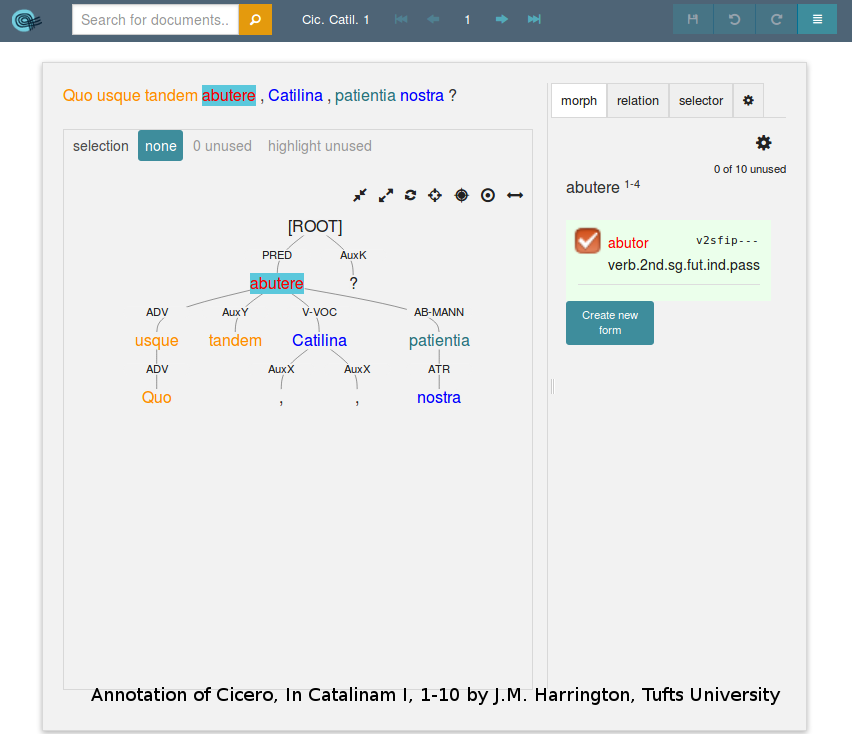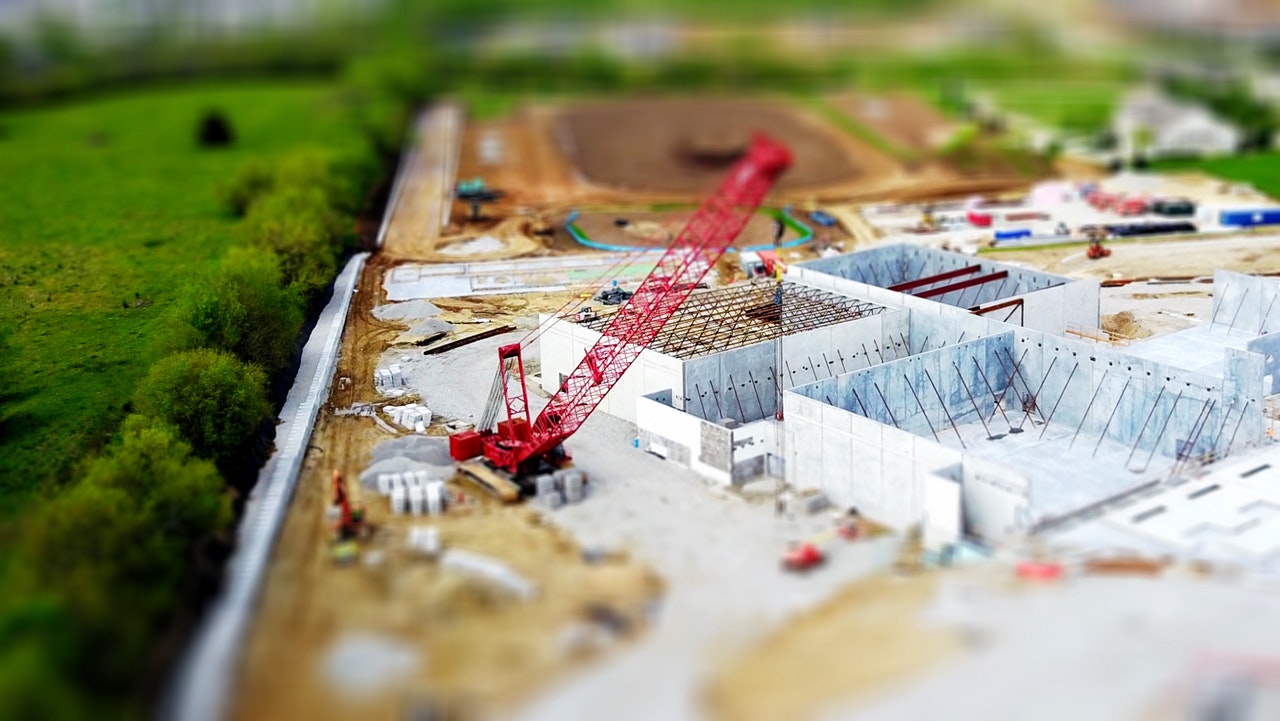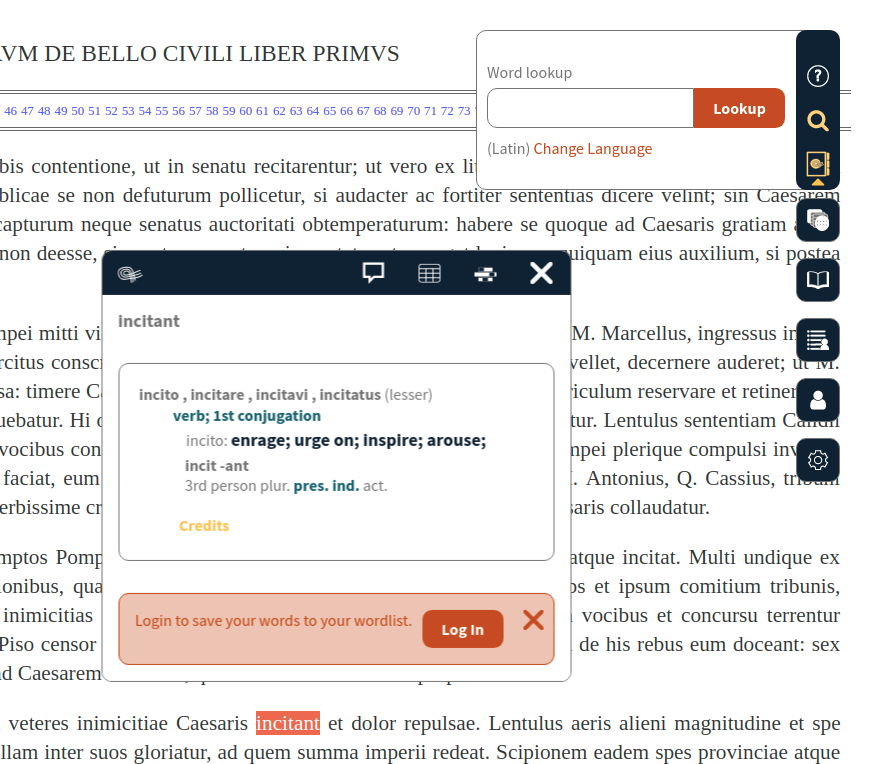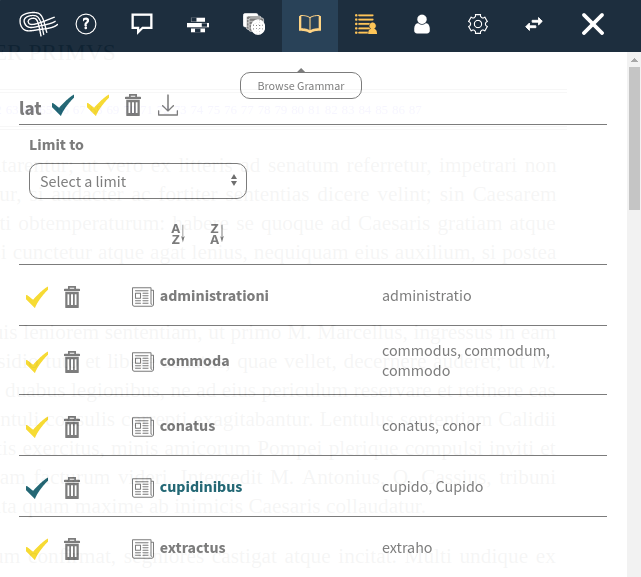Our Tools
Embedding Alpheios
The Alpheios Embedded Javascript Library can be used by text providers to enable Alpheios mobile functionality in their web pages.
Use of the Alpheios Embedded Library is governed by the API Terms of Service.
Alpheios Standalone Translation Alignment Editor (v2)
The Alpheios Translation Alignment editor allows you to create word-by-word alignments between two texts.

This new standalone version runs locally with significantly greater flexibility. Some key differences:
- Ability to work offline after starting an alignment, saving and resuming incomplete alignments locally.
- Permits alignment of any number of translations.
- Permits addition of new translations to existing alignments.
- Permits editing of texts after alignment has begun.
- Creates a standalone html page with multiple display options, including interlinear.
- Accepts TEI markup via a dedicated API, as well as other XML and plain text.
- Full documentation of all features
- The HTML output from a partially completed alignment is attached along with a json version that can be used to complete it.
See our Sample Alignment and JSON Download
Alpheios Online Translation Alignment Editor (v1)
No Login Required, data must be downloaded to be saved.
- Online Interface (English interface)
- Alternate Entry Point (Portuguese interface provided by Anise Ferreira, Sao Paolo State University, Brazil)
Login required, user data and collaboration/editorial review options available. Instructions
- Via Perseids (Provided by Tufts University - login and create account at https://sosol.perseids.org/sosol)

Alignment Corpora
Alpheios Embedded Alignments
The following texts demonstrate how alignments can be used to enhance a text using the Alpheios Reading Tools.
Standalone Alignments
These corpora provide examples of texts that have been aligned using the Alpheios Alignment Editor.
Arethusa Treebank Editor
Arethusa is an evolution of Alpheios treebank editor, developed with support from the Andrew W. Mellon Foundation, the Institute of Museum and Library Services and the European Social Fund. Arethusa supports customizable annotation formats, automatic morphological parsing, user data, and a variety of other features.
Login required, user data and collaboration/editorial review options available.
- Via Perseids (Provided by Tufts University - login and create account at https://sosol.perseids.org/sosol)

Treebank Corpora
Trees in the Alpheios Corpus
Several texts in the Alpheios corpus have been annotated with treebank data.
Treebank Data Collections
The following Treebank data collections have been annotated by scholars using the AlpPhoto by Senne Hoekman from Pexelsheios and Arethusa Treebank Editors
- Perseus Ancient Greek and Latin Dependency Treebank, Giuseppe Celano, Editor
- Perseids Project Treebanked Commentaries, J. Matthew Harrington, Editor
- Gorman Trees, Vanessa and Robert Gorman
- Pedalion Project Ancient Greek Treebanks, Toon Van Hal and Alek Keersmaekers, Editors
Alpheios Prototypes
Poetry
The Alpheios Poetry Prototype uses the first phrase of Homer's Iliad, read by Stanley Lombardo to demonstrate our vision of learning through the experience of poetry.
Text Analysis
Alpheios hosts a searchable instance of a Latin Lemmatized Text Corpus. The Corpus Latin antiquité et antiquité tardive lemmatisé: 0.0.2, published by Thibault Clérice (École nationale des chartes / Lyon 3), is searchable via the open source Blacklab Corpus Search Engine developed by the Dutch Language Institute. The corpnus has been automatically annotated (lemmas and morphology) using models trained on the LASLA Textes latin traités.
The Alpheios Inflection Frequencies Prototype demonstrates analyses of the frequency of inflections in the Iliad and the Odyssey. The Odyssey analysis makes use of treebanked data. Frequency data is linked to individual occurrences in the texts.




